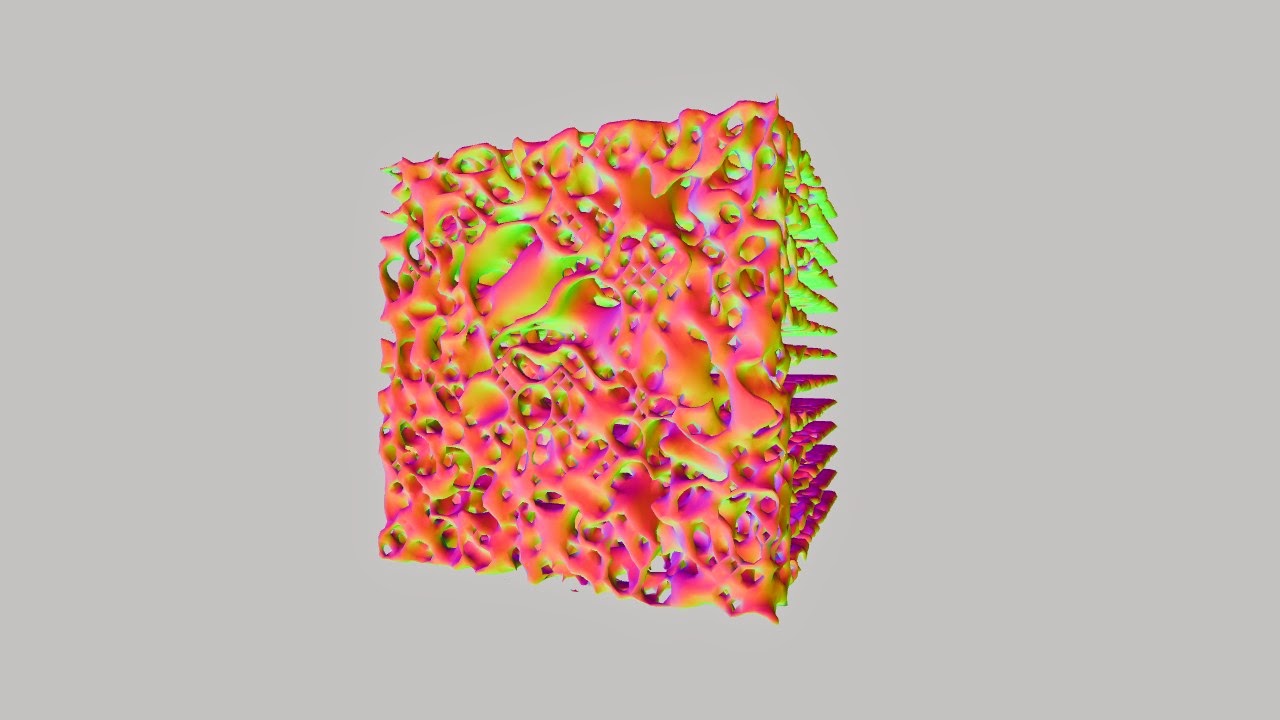20.10.14
6.10.14
2.10.14
15.9.14
Programming matter
work team: Tommaso Casucci, Michele Semeghini
This is a series of studies developed during a recent collaboration with Co-de-iT and is a step forward in a larger research project focused on the exploration of the possible interactions between digital computation and complex and selforganizing physical processes.
The series is developed on the base of a small bit of code refined during the ‘BioLogic:living structures and swarm bodies’ workshop, aimed to facilitate direct communication from Processing to FDM 3Dprinters through the generation of G-code instructions. Code is available here.
The studies main goal were to explore the combined use of generative design strategies and material computation, in particular the capacity of plastic threads to self-organize in curly geometries once extruded from the printer.
Design exploration consisted at first in calibration and mapping of the different material behavoiurs based on the variation of different extruding conditions. Parameters we found to affect the most the extrusion were:
. extrusion length
. extrusion velocity
. nozzle height from the deposition plate
. material
. nozzle size
Once a comprehensive catalogue have been refined, a series of design studies was developed were on one or more of the parameters above was varied according to modulate structural, aesthetical or performative qualities during the extrusion.
A short selection of 3Dprinted samples and screenshots from the Processing application below :
This is a series of studies developed during a recent collaboration with Co-de-iT and is a step forward in a larger research project focused on the exploration of the possible interactions between digital computation and complex and selforganizing physical processes.
The series is developed on the base of a small bit of code refined during the ‘BioLogic:living structures and swarm bodies’ workshop, aimed to facilitate direct communication from Processing to FDM 3Dprinters through the generation of G-code instructions. Code is available here.
The studies main goal were to explore the combined use of generative design strategies and material computation, in particular the capacity of plastic threads to self-organize in curly geometries once extruded from the printer.
Design exploration consisted at first in calibration and mapping of the different material behavoiurs based on the variation of different extruding conditions. Parameters we found to affect the most the extrusion were:
. extrusion length
. extrusion velocity
. nozzle height from the deposition plate
. material
. nozzle size
Once a comprehensive catalogue have been refined, a series of design studies was developed were on one or more of the parameters above was varied according to modulate structural, aesthetical or performative qualities during the extrusion.
A short selection of 3Dprinted samples and screenshots from the Processing application below :
1.9.14
the Hive
The Hive is a quick project proposal for a lamp. Most of the internal components, from the lamp shade
to the socket are 3D printed. Once assembled the lamp just needs the addition of a light bulb and the plug of a power cord to
become fully functional.
A prototype of the lamp will be presented at Source, self made design exposition from 11th to 18th September in Florence.
19.8.14
14.4.14
erosion
Multi-agent simulation made in Processing, the agents behaviour is a combination of two main rules, descendent alghoritm and stigmergy. Terrain is generated through a perlin noise function.
3.4.14
23.8.13
Subscribe to:
Posts (Atom)



















































